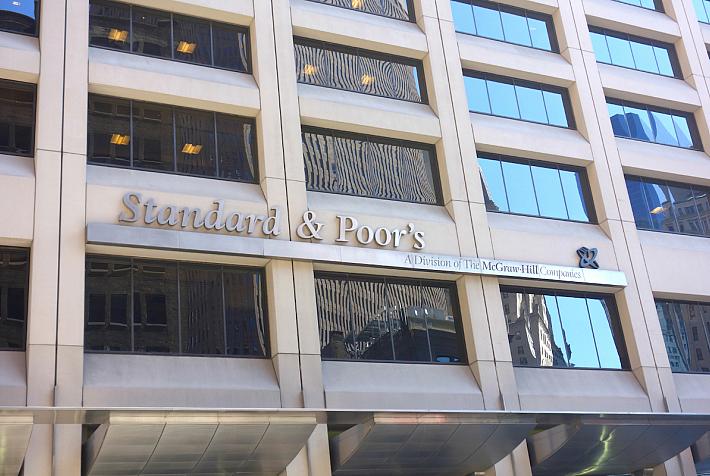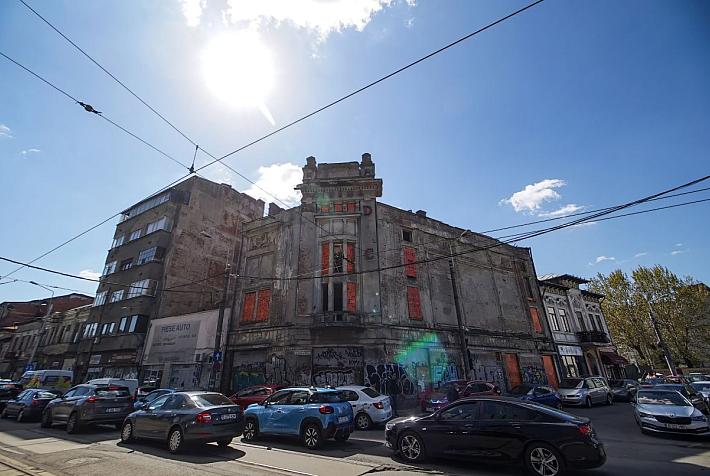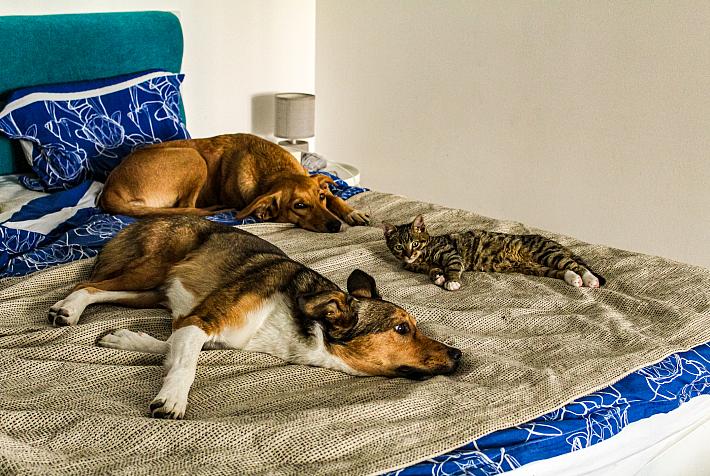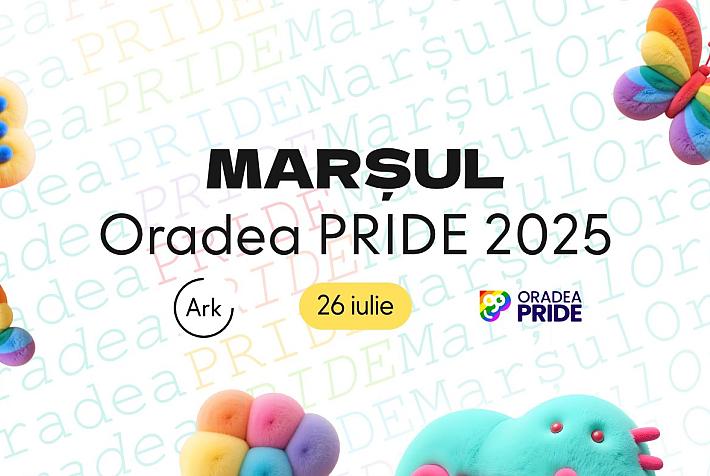Study finds quality differences for soft drinks, chocolate sold locally

Romanians buy some products which are of a different quality than the same brands sold in Western Europe, a recent study found.
InfoCons, a consumer protection NGO, found quality differences between two products that are popular among Romanians, namely the Fanta orange carbonated soft drinks and Milka chocolate with milk.
The study looked at the double quality standard between products sold in Romania and the same products marketed in other countries, and found two products with differences in the list of ingredients and nutritional values, namely Fanta Orange and Milka chocolate with milk.
Related to Fanta orange soft drink, the analysis compared products from three countries, namely Romania, Great Britain and Spain, and found differences in the content of fruit juice. For example, the Fanta Orange sold in Romania has minimum 5% orange juice from concentrate. By comparison, the same drink sold in Great Britain has 3.7% orange juice and 1.7% citrus juice from concentrate (5.4%) while the one marketed in Spain has 8% orange juice from concentrate.
Another difference refers to the number of food additives. Five additives are found in the products sold in Romania, compared to eight in Great Britain and ten in Spain.
“The higher the number of food additives, the more our liver needs to work to eliminate them. We notice that in Great Britain and in Spain we find the specification “contains a source of phenylalanine". Phenylalanine is an amino acid found in the composition of aspartame sweetener. There is a genetic condition called phenylketonuria that represents the body's inability to metabolize phenylalanine. Phenylketonuria is a serious condition that can lead to mental retardation if it is not treated early. Therefore, products containing this substance must have a warning on the packaging,” said specialists at the KiloStop Nutrition Clinic, cited in the study.
When it comes to the Milka chocolate with alpine milk, the study compared products from two countries and found a difference in the number of food additives. Thus, in addition to soybean lecithin, the additive Poliglicerol (E476) was added extra to the product in Romania. This food additive was designed to partially replace cocoa butter, an ingredient of higher quality, but more expensive.
Moreover, although the two products compared in this study have the same level of calories, namely 530kCal/100g, there are small differences in the nutrient content. Thus, although the fat content is slightly lower for the product found on the Romanian market, namely 29g/100g, compared to 29.5g/100g found in the product in Spain, it actually hides a larger quantity of saturated fats – 18g/100g in Romania compared to 17.5g/100g in Spain, the study also shows.
Differences can also be noted with regard to the carbohydrate content (higher for the product sold in Romania), protein (lower for the product marketed in Romania), and salt (lower for the product in Romania).
The Romanian authorities are also working on a comparative study on food quality. A local team of specialists went to Netherlands, Germany, and Belgium in June to take samples from several stores for this study.
Irina Marica, irina.marica@romania-insider.com











